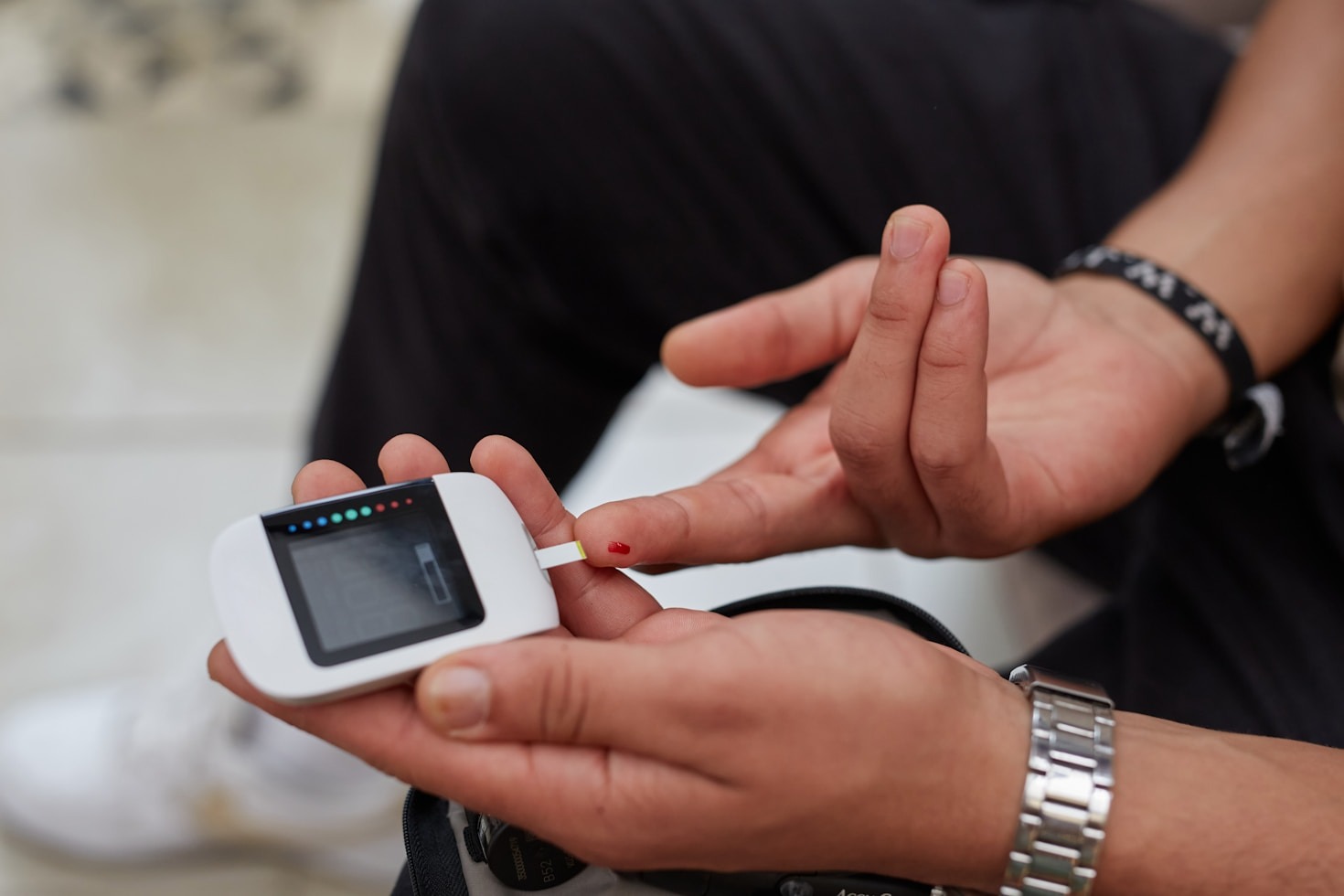Are you struggling with fatigue, insomnia, or feelings of hormonal imbalance? You’re not alone. Many women over 30 face these common challenges, often unknowingly linked to glucose fluctuations. Understanding how to maintain a healthy glucose balance can significantly improve your overall well-being. In this guide, we’ll explore the ultimate natural ways to achieve balance, bringing harmony back into your life.
Understanding Glucose Balance in Women
Many women, especially over the age of 30, often find it hard to maintain a healthy glucose level. Glucose, a simple sugar, is vital for our body’s energy needs. However, its balance is delicate. When glucose levels rise too high or drop too low, it can lead to various issues, including fatigue, mood swings, and even anxiety. Understanding this balance is the first step toward improving overall well-being.
In women, glucose balance is influenced by numerous factors, including diet, hormonal changes, and stress levels. As we age, fluctuations in hormones can affect how our bodies respond to insulin—an hormone that helps regulate glucose. This is particularly evident during different life stages such as menstruation, pregnancy, and menopause.
Why Glucose Levels Matter for Your Health
Maintaining balanced glucose levels is crucial for overall health. Here are a few reasons why:
- Prevention of Health Conditions: Poor glucose regulation can lead to conditions like insulin resistance and type 2 diabetes, which affect many women.
- Mood Stability: Unstable glucose levels can cause mood swings, exacerbating feelings of anxiety or irritability.
- Energy Maintenance: Balanced glucose levels ensure you have the energy needed to tackle daily tasks, decreasing feelings of fatigue.
- Weight Management: Consistent energy levels help prevent cravings for sugary snacks, supporting healthier weight management.
The Connection Between Hormones and Glucose
Women’s hormones play a significant role in glucose metabolism. Hormones such as estrogen and progesterone can affect how efficiently our bodies use insulin. Changes in these hormone levels can lead to fluctuations in blood sugar levels.
During the menstrual cycle, for example, many women experience shifts in glucose tolerance. Pre-menstrual symptoms like mood swings and fatigue may correlate with rising blood sugar levels. Recognizing these patterns can empower women to better manage their glucose balance with dietary adjustments and lifestyle changes.
Natural Foods for Balanced Glucose Levels
What we eat plays a critical role in managing glucose levels. Focusing on whole, natural foods can help maintain that balance. Here are some foods to incorporate into your diet:
- Fiber-Rich Foods: Foods like whole grains, fruits, and vegetables can slow down glucose absorption, leading to more stable blood sugar levels.
- Healthy Fats: Sources such as avocados, nuts, and seeds can improve insulin sensitivity.
- Lean Proteins: Protein-rich foods help stabilize glucose levels and promote satiety.
- Low-Glycemic Index Foods: Foods that have a low glycemic index help prevent spikes in blood sugar. Examples include legumes, sweet potatoes, and most non-starchy vegetables.
Lifestyle Changes to Support Glucose Health
Making simple lifestyle changes can significantly impact glucose balance.
- Stay Hydrated: Drinking plenty of water can help improve overall metabolism.
- Avoid Sugary Drinks: Replace sodas and juices with water, herbal teas, or infused water for natural flavor.
- Eat Regular Meals: Skipping meals can lead to overeating later and may create fluctuations in glucose levels. Aim for balanced meals throughout the day.
- Limit Processed Foods: These often contain added sugars that can lead to spikes and crashes in blood sugar.
Mindfulness and Stress Reduction Techniques
Stress can create havoc on glucose levels. When we are stressed, our body releases cortisol, which can raise blood sugar. Incorporating mindfulness techniques can provide relief:
- Meditation: Practicing even a few minutes a day can center your thoughts and reduce anxiety.
- Deep Breathing Exercises: Focusing on your breath helps calm the nervous system.
- Yoga: This practice encourages relaxation and has been shown to improve blood sugar control.
- Journaling: Writing your thoughts can help process emotions and relieve mental stress.
The Role of Sleep in Glucose Regulation
Sleep is sometimes overlooked but is vital for maintaining glucose balance. Lack of sleep can lead to increased insulin resistance, making it harder to manage glucose levels. Aim for 7-9 hours each night. Here are tips for improving sleep quality:
- Establish a Sleep Routine: Go to bed and wake up at the same time each day to regulate your body clock.
- Create a Relaxing Bedtime Environment: Keep your bedroom dark, cool, and quiet.
- Avoid Screens Before Bed: The blue light emitted by devices can disrupt your natural sleep cycle.
- Limit Caffeine and Heavy Meals Before Bed: Both can interfere with the ability to fall asleep.
Exercise: A Key Factor in Managing Glucose
Physical activity is crucial for glucose regulation. Exercise helps our muscles use glucose for energy, lowering blood sugar levels. Incorporating a mix of aerobic and strength training is beneficial:
- Aerobic Exercise: Activities like walking, running, and cycling can help consistently lower blood sugar.
- Strength Training: Building muscle will enhance insulin sensitivity, making it easier for your body to use glucose.
- Regular Routine: Aim for 150 minutes of moderate exercise each week, broken into manageable sessions.
- Find Enjoyable Activities: Choose forms of exercise you love to stay motivated.
Understanding Your Body’s Signals
Your body sends signals when glucose levels are off balance. Being attentive to these signs can lead to better management:
- Fatigue: Unexplained tiredness often hints at blood sugar issues.
- Cravings: Intense cravings for sugary foods can indicate a drop in glucose.
- Mood Changes: Irritability or anxiety may signal that something is out of balance.
- Physical Symptoms: Headaches and dizziness can also be related to glucose levels.
Creating a Healthy Support System
Having a support system can make all the difference in managing glucose levels. Surround yourself with people who understand your journey. This could include:
- Friends: Share your experiences and encourage each other on this path.
- Family: Involve family members in your health journey to create a supportive home environment.
- Health Professionals: Consult with dietitians or health coaches for personalized advice.
- Support Groups: Consider joining groups with other women facing similar challenges.
Women over 30 face unique challenges with glucose balance, but the path to improvement is clear. By making educated choices about diet, exercise, and lifestyle, you will find ways to enhance your well-being. Just remember, you are not alone in this journey. Others have walked this path before you, finding strength and empowerment in making these changes. You can too—take that first step today and explore the resources available to you!










